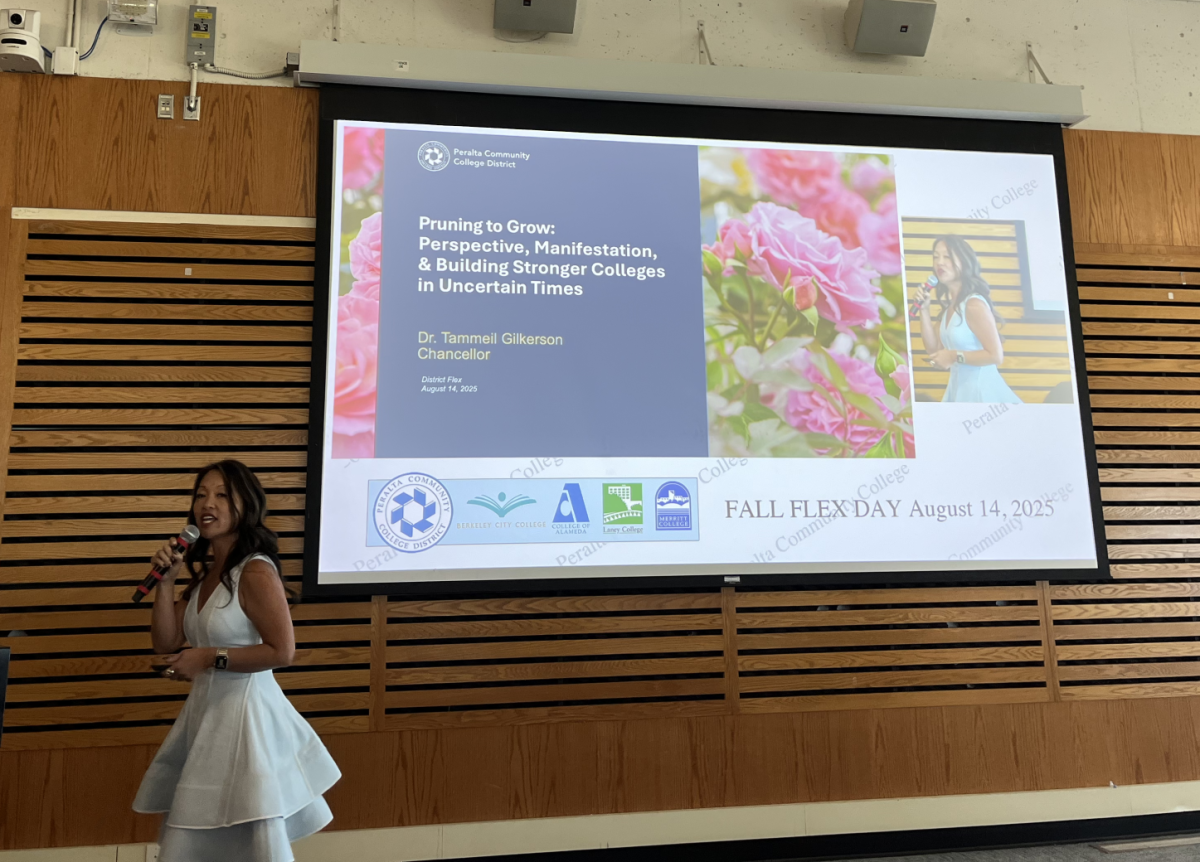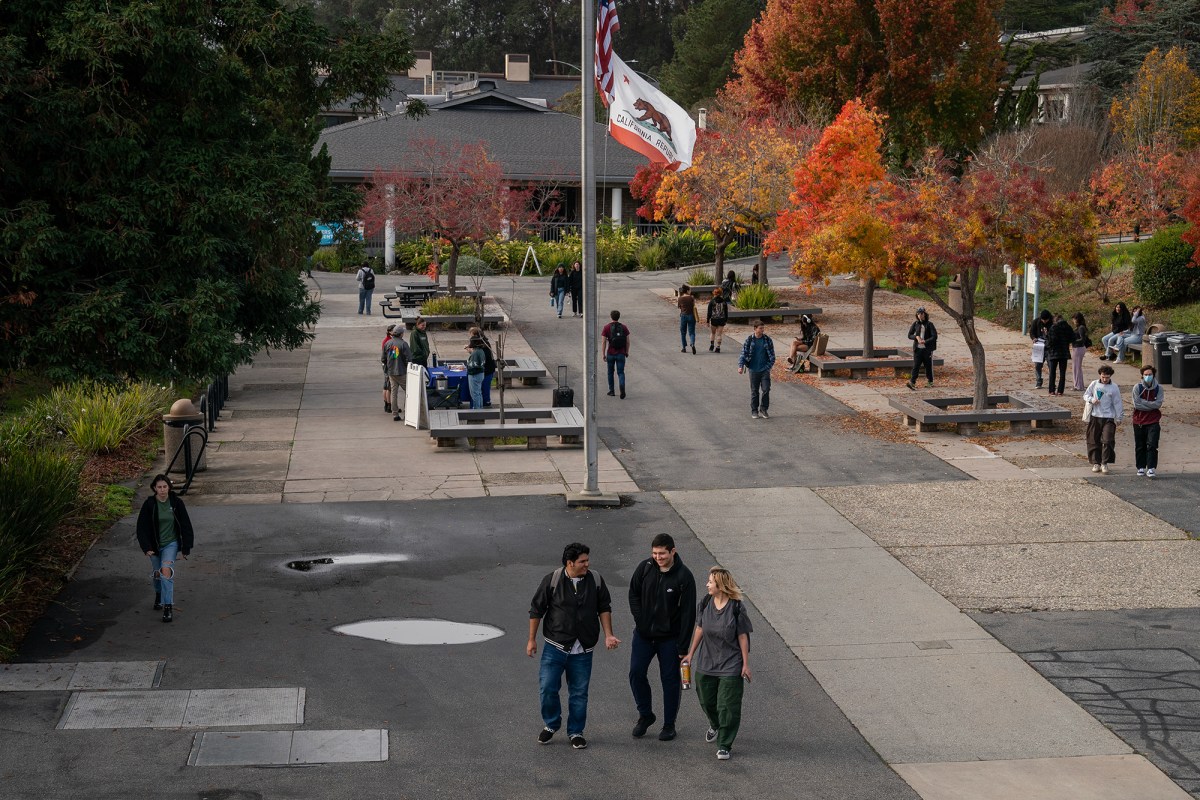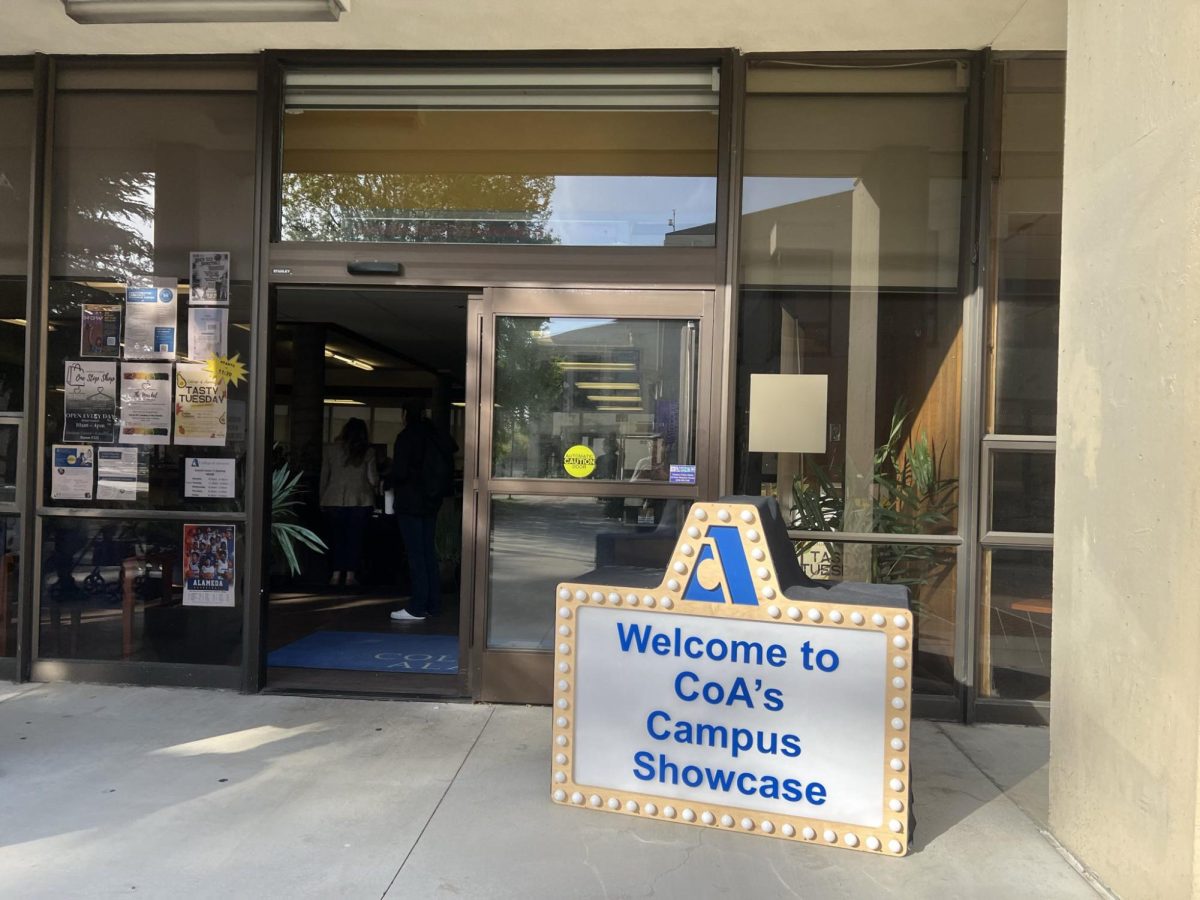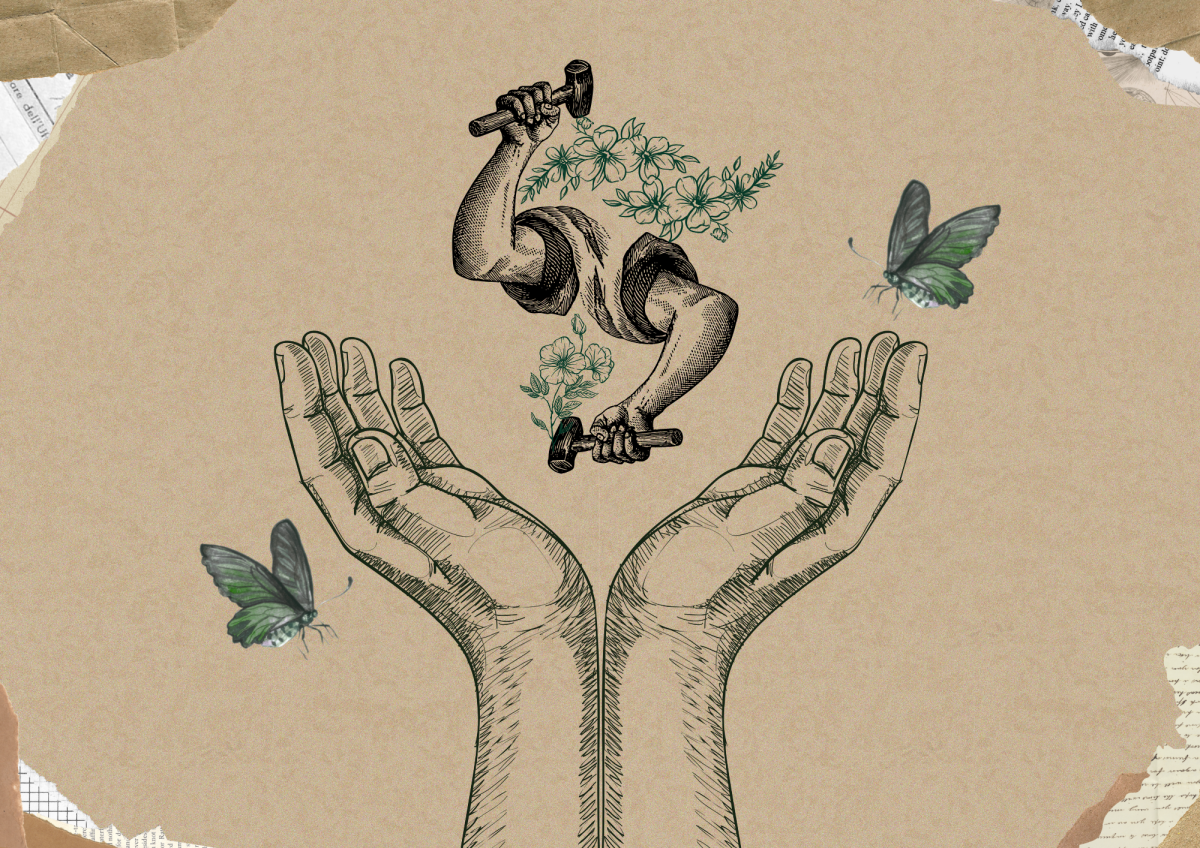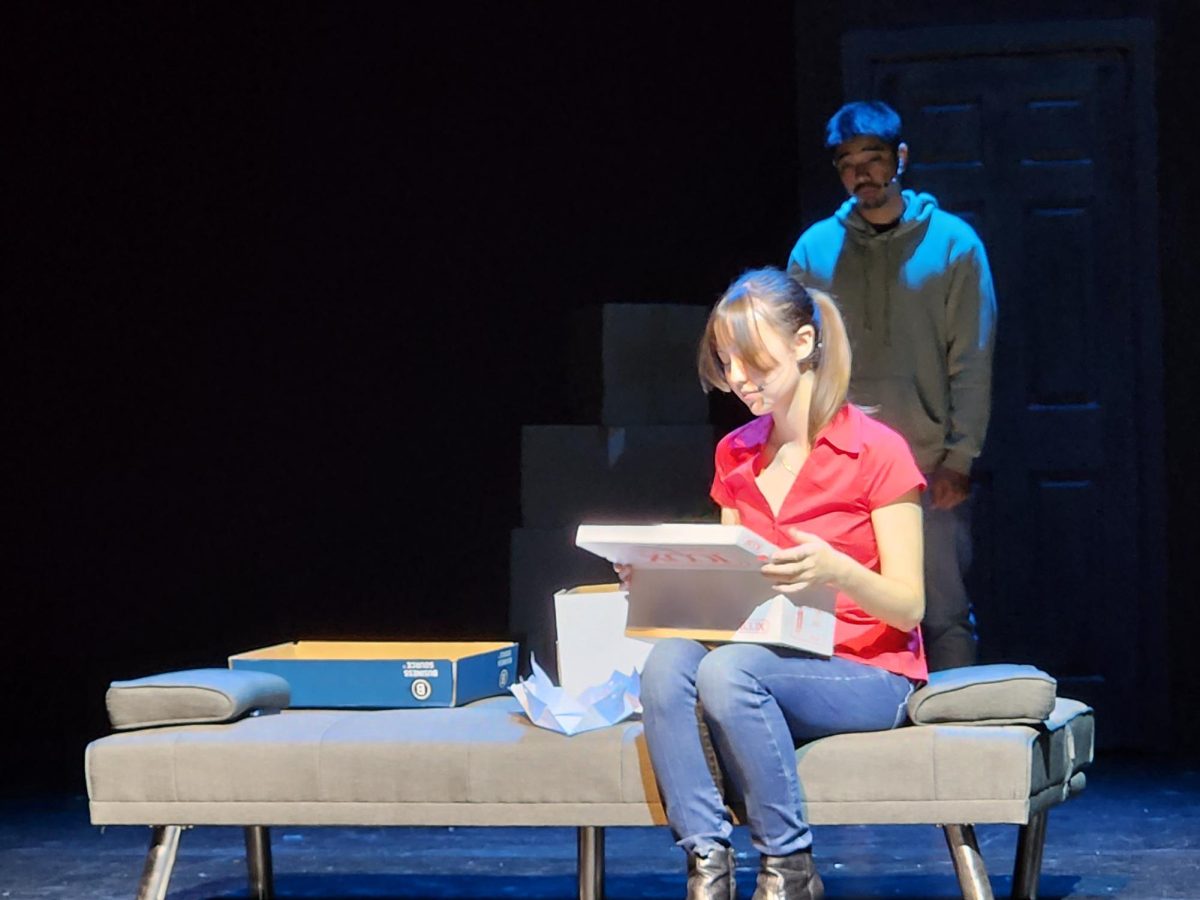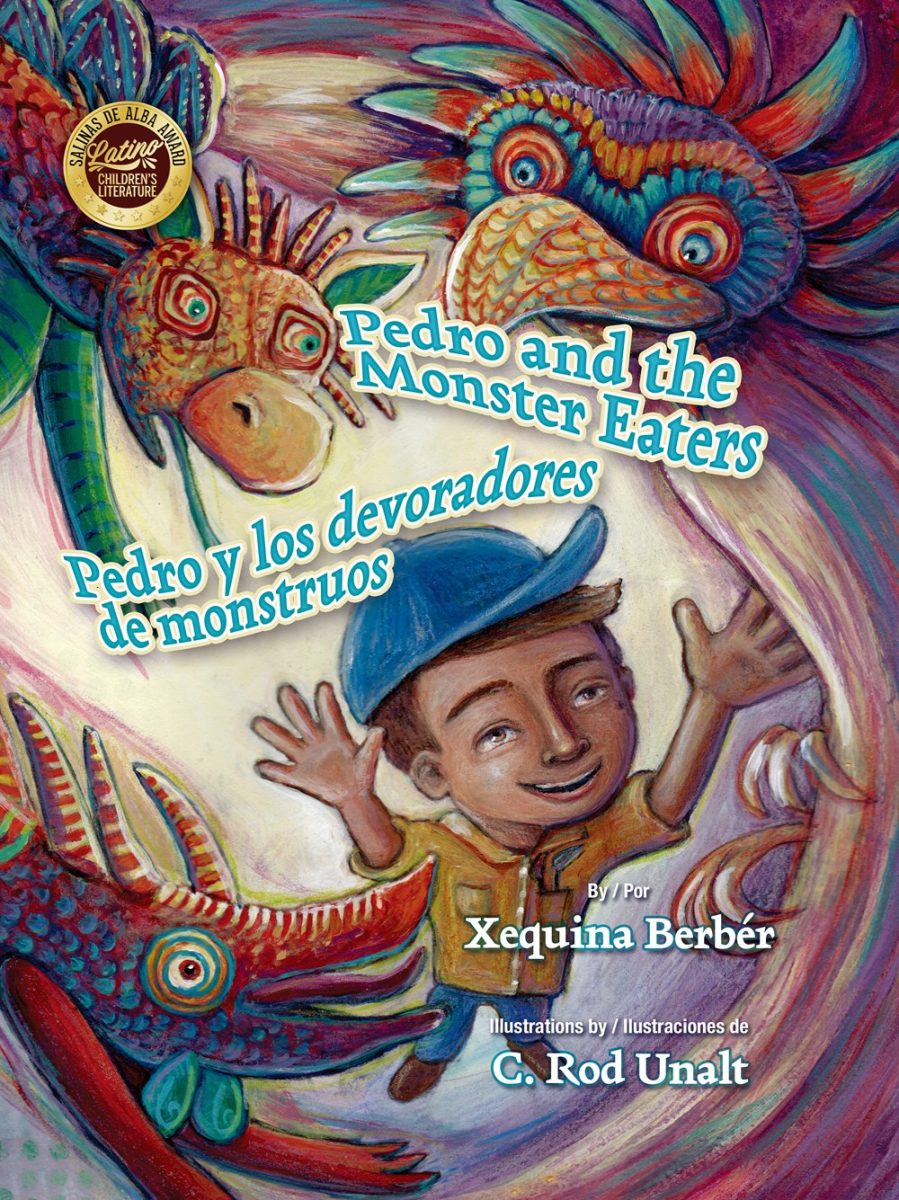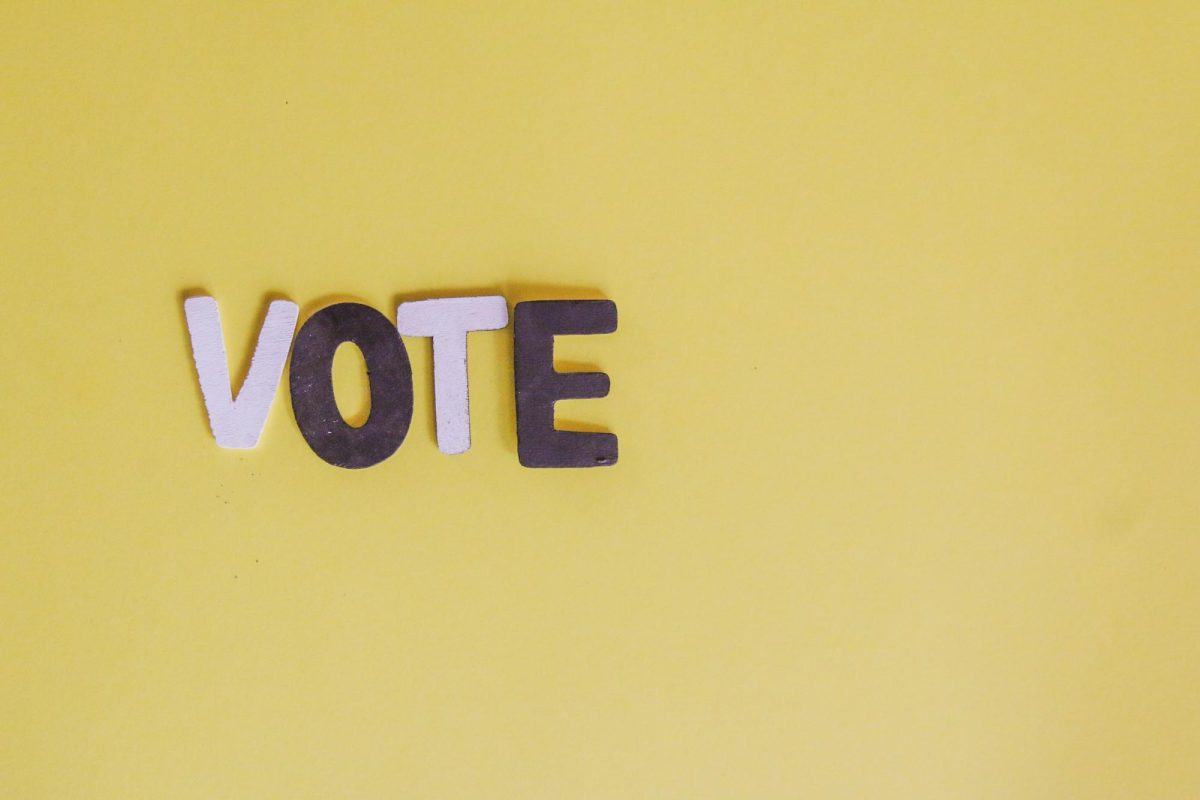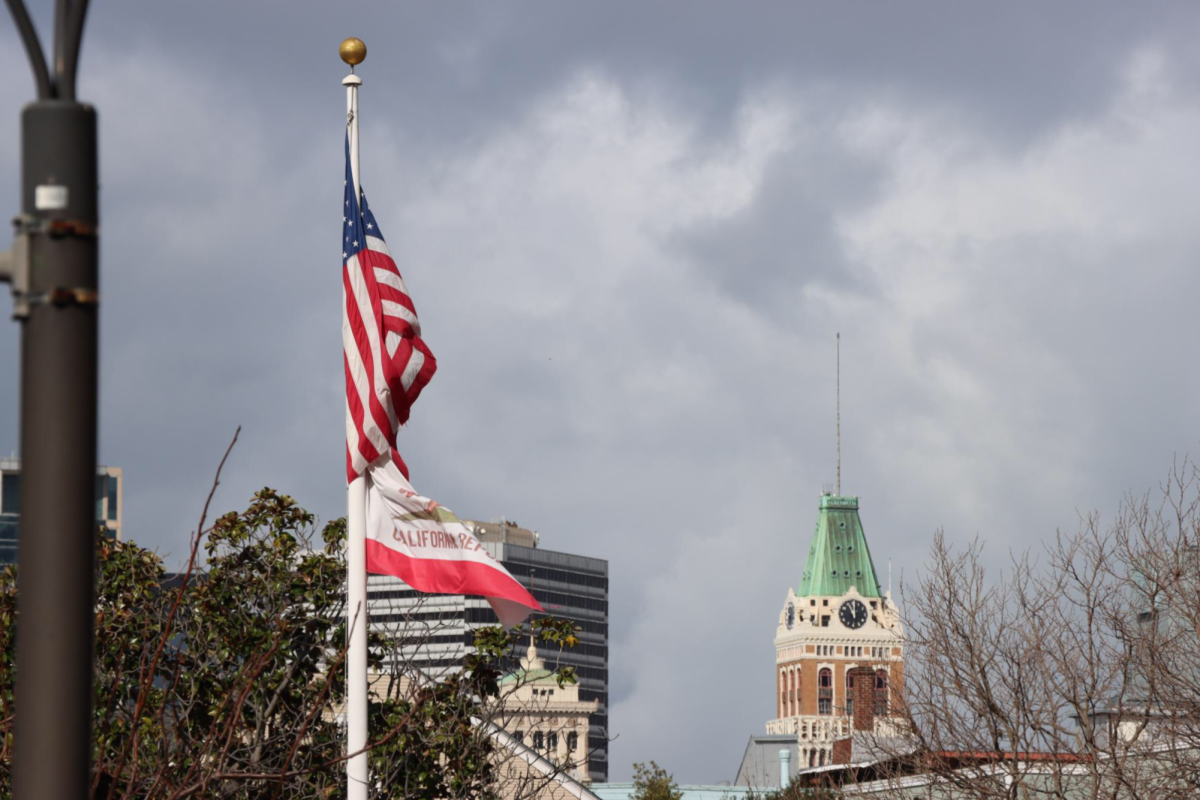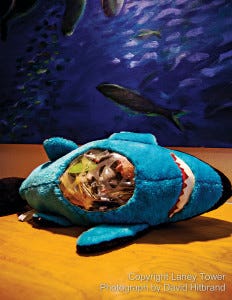 This year marks the 10-year anniversary of the Eco Arts class at Laney College. To celebrate, Andreé Thompson, Sharon Siskin and their students decided to show numerous pieces of art that have come from the class throughout the years in an exhibition in the June Steingart Gallery, lobby of the Laney Administration Building. The show spans the decade of works from the class, which was initially offered in 2005 as a collaboration with Zakary Zide of the Oakland Museum of California.
This year marks the 10-year anniversary of the Eco Arts class at Laney College. To celebrate, Andreé Thompson, Sharon Siskin and their students decided to show numerous pieces of art that have come from the class throughout the years in an exhibition in the June Steingart Gallery, lobby of the Laney Administration Building. The show spans the decade of works from the class, which was initially offered in 2005 as a collaboration with Zakary Zide of the Oakland Museum of California. The class teaches the students to not only express themselves, but to do so with an open heart and critical mind, where the preservation of our earth is concerned. After a short history of the environmental and social art movements, they are required to submit (at least) three pages worth of research, with statistics, before Thompson signs off and the pupils can begin their art.
Generally, the work is representative of not only the earth, but some aspect of it that speaks loudly to the artist.
The class, and by extension, exhibit, features art of all natures — mixed media, paintings, abstract sculptures and a 22-foot-long Sturgeon which is hung to represent the decline in both population and size of this once-formidable, ancient beast.
Instructors of this class have seen students from all walks of life, and the art is largely representative of their individual backgrounds, with their pasts as diverse as their art. From former and current faculty members to all walks of the community, their output is loud and individualistic, but with a central message: if we do not fix our planet, we are doomed.
This is represented most strongly in two pieces: a beautiful painting of bees buzzing around swirling, abstract flowers and a plush shark stuffed with debris and detritus. Another student decided to harken back to his roots, being half African-American and half American Indian, and paint portrait with great symbolic meaning.
The Eco-Arts class will continue for many years to come, but you can only see their works on display at Steingart Gallery, located in the lobby of the Administration building, until Sept. 30.

